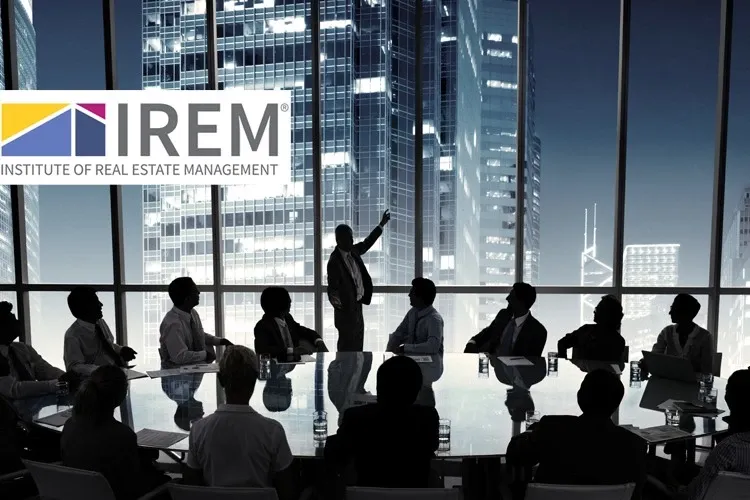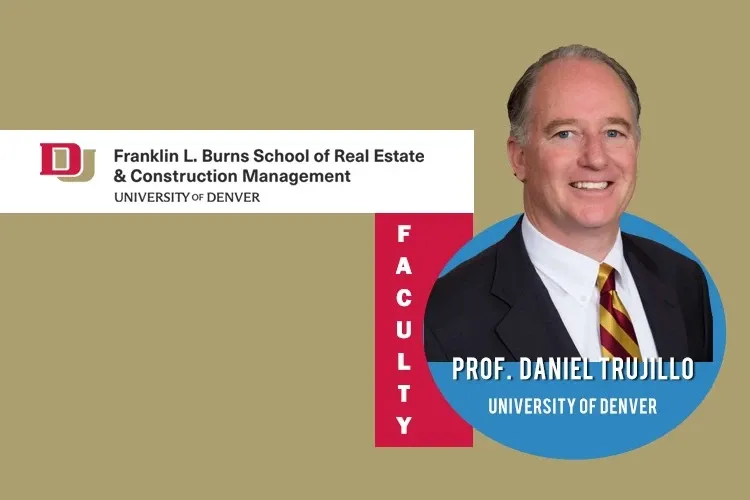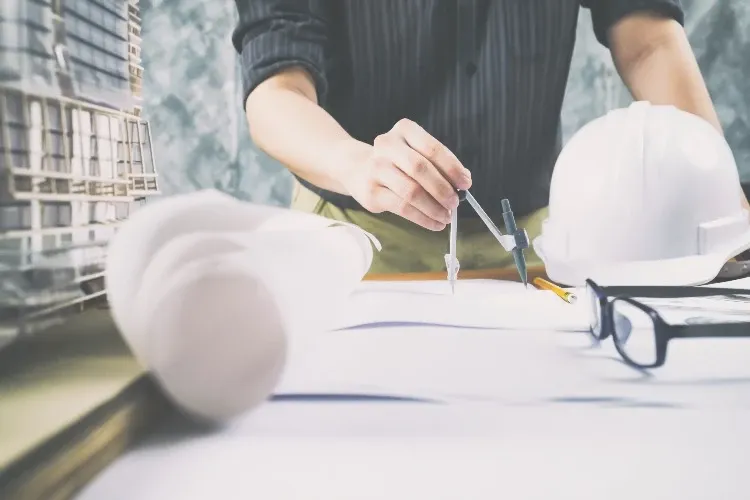Learning Objectives
Lesson 1: Developing a Customized Maintenance and Risk Management Program
A successful property maintenance and risk management program helps avoid liability and reduce operating expenses/increase NOI by identifying and addressing potential problems well before they become significant safety and financial risks.
In this lesson, you will learn how to:
- Recognize the importance of owner’s goals when developing or monitoring a maintenance and risk
management program
- Reduce risk by developing and implementing a successful and proactive maintenance program
- Identify components necessary in a maintenance policy and procedure manual
- Develop a maintenance and risk management budget and capital improvement plan
Lesson 2: Conducting and Monitoring Property Inspections and Risk Analysis
Regular inspection ensures a proactive approach to maintenance that preserves the owner’s investment and eliminates reactive maintenance. This results in higher resident and/or commercial tenant satisfaction and retention as well as attracting new residents and/or commercial tenants. Implementing appropriate risk management strategies reduces the potential for losses and the severity of their consequences.
In this lesson, you will learn how to:
- Prioritize activities, marshal resources, and develop a budget to accomplish maintenance and risk management goals
- Conduct property inspections to identify and document needed repairs and potential risks, and develop procedures to resolve maintenance needs
- Identify, recommend, and implement risk management strategies
Lesson 3: Developing Policies and Procedures for Maintenance of Building Systems Understanding major building equipment and systems allows the property manager to speak
knowledgeably with maintenance personnel and contractors to ensure proper, proactive maintenance and efficient, cost-effective operation.
In this lesson, you will learn how to:
- Develop and apply guidelines and procedures to ensure proper maintenance and operation of major building mechanicals and systems.
Lesson 4: Managing Maintenance Activities
Management of onsite maintenance staff and contractors ensures cost-effective and efficient work, while proper communication ensures owner buy-in and resident and/or commercial tenant satisfaction.
In this lesson, you will learn how to:
- Determine which maintenance activities are best handled by onsite maintenance staff vs contractors and why
- Create detailed job specifications and manage the bidding process from RFP to awarding the contract
- Develop procedures for establishing contracts that protect the owner and management company
- Identify proper contracting procedures to avoid ethical challenges, litigation, and liens against the owner and property
- Identify strategies and communication protocols for managing contractors and contract work
Lesson 5: Mitigating Risk Through Insurance
Proper insurance coverage helps to mitigate or transfer risk from the property manager and owner.
In this lesson, you will learn how to:
- Describe the importance of transferring risk away from the owner and management company through the purchase of insurance
- Define various insurance coverage types and general insurance concepts
- Manage the incident response, incident reporting, and claims process
Lesson 6: Developing and Practicing Emergency and Disaster Plans
Having incident management procedures and an emergency and disaster program in place promotes life safety, protects the investment, reduces risk, and limits liability.
In this lesson, you will learn how to:
- Identify the types of emergencies and disasters
- Develop and implement emergency and disaster plans
- Develop and implement business continuity plans














